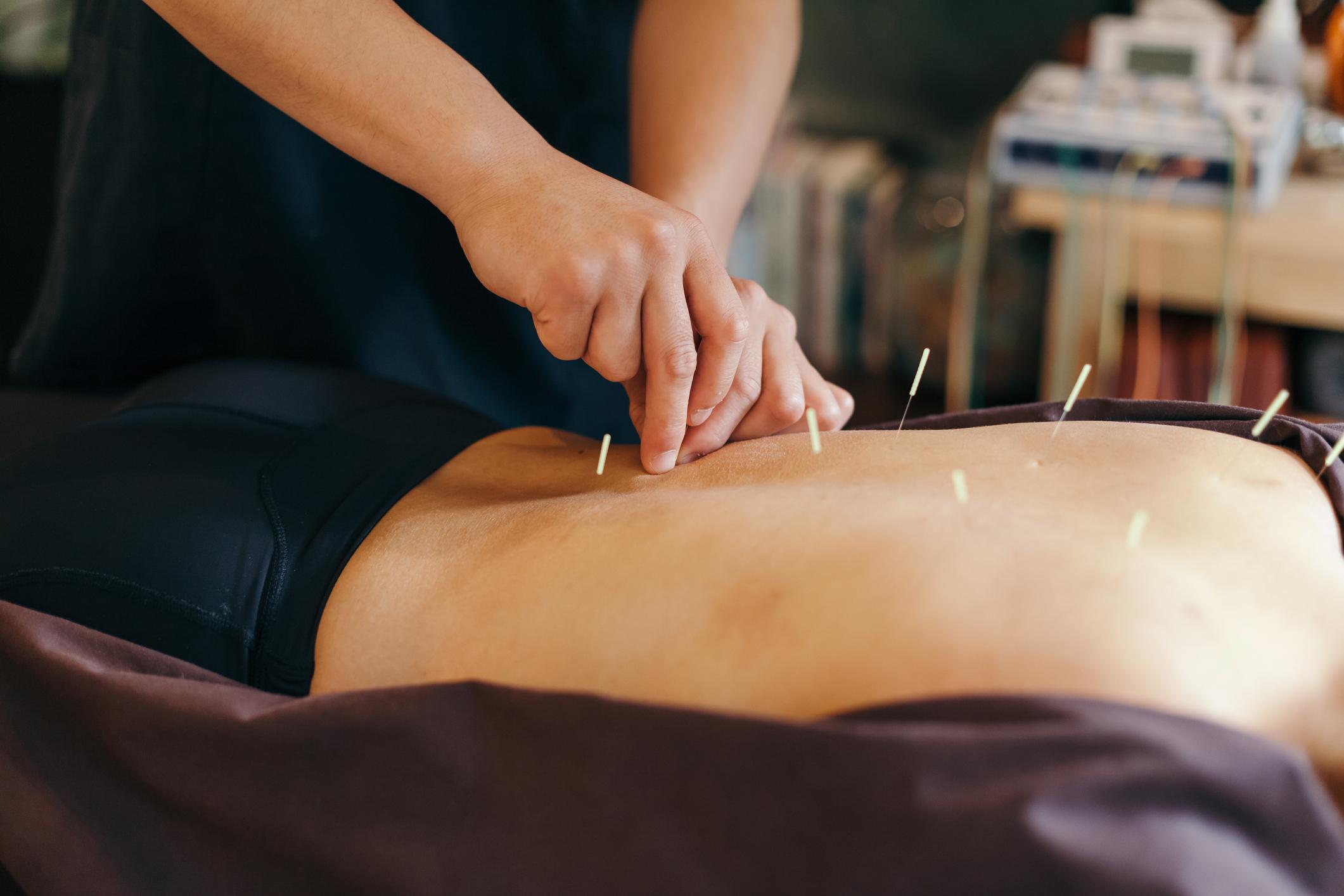Canadian doctors discovered acupuncture needles embedded in the spine of a 94-year-old Korean woman who complained of back pain. The result of a Hari acupuncture session done 30 years earlier…

Acupuncture is a therapy of Chinese origin that aims to stimulate specific areas of the skin, most of the time using needles. The objective is to fight against pain but acupuncture is sometimes used in addition to conventional treatments.
Confusing results
After an accidental fall, she went to University Hospital in Toronto reporting symptoms of a urinary tract infection but also generalized back pain. In addition, she indicated that she was unable to precisely locate the pain and no longer had muscle tenderness in her spine and hip. The doctors then performed X-rays of the chest, hip and spine, in particular to look for a possible fracture.
On reading the results, the surprise was great for the doctors. X-rays revealed multiple “filament-like densities” around his spine. The doctors, intrigued, then wanted to know more and gave the patient a more detailed CT scan of the chest which showed several needles stuck in the muscles surrounding the spine. A case reported in the medical journal BMJ Case Reports.
Needles placed under the skin
Caregivers were able to confirm that the patient visited a traditional Hari acupuncturist 30 years ago. Originating in Japan and Korea, this rare acupuncture technique involves deliberately retaining needles in the patient’s innermost layer of skin, called the subcutaneous tissue, to provide continuous pain relief. It is different from traditional acupuncture which involves sticking temporary needles about 1 millimeter in diameter and 10 to 15 millimeters long into the outermost layers of the skin to relieve pain.
At the time of the procedure, gold needles, a representation of financial wealth in Korean culture, were placed along the woman’s back and waist to relieve her musculoskeletal pain. As the doctors note, this could “lead to alarming imaging findings” later in life.
Not the first case after a Hari acupuncture session
“To our knowledge, this case details the longest storage period of acupuncture needles prior to clinical or radiographic detection,” the authors wrote in the review. “Fortunately, the patient did not suffer any dramatic consequences.”
Science cannot say whether Hari acupuncture is really effective, but cases of migration of needles from subcutaneous tissue to intra-abdominal organs have already been reported. In another situation, X-rays revealed the presence of needles permanently implanted in the chest of a 68-year-old woman. Needles inserted in the neck, chest, abdomen and pelvis had been revealed by examinations of a road accident.
.

















